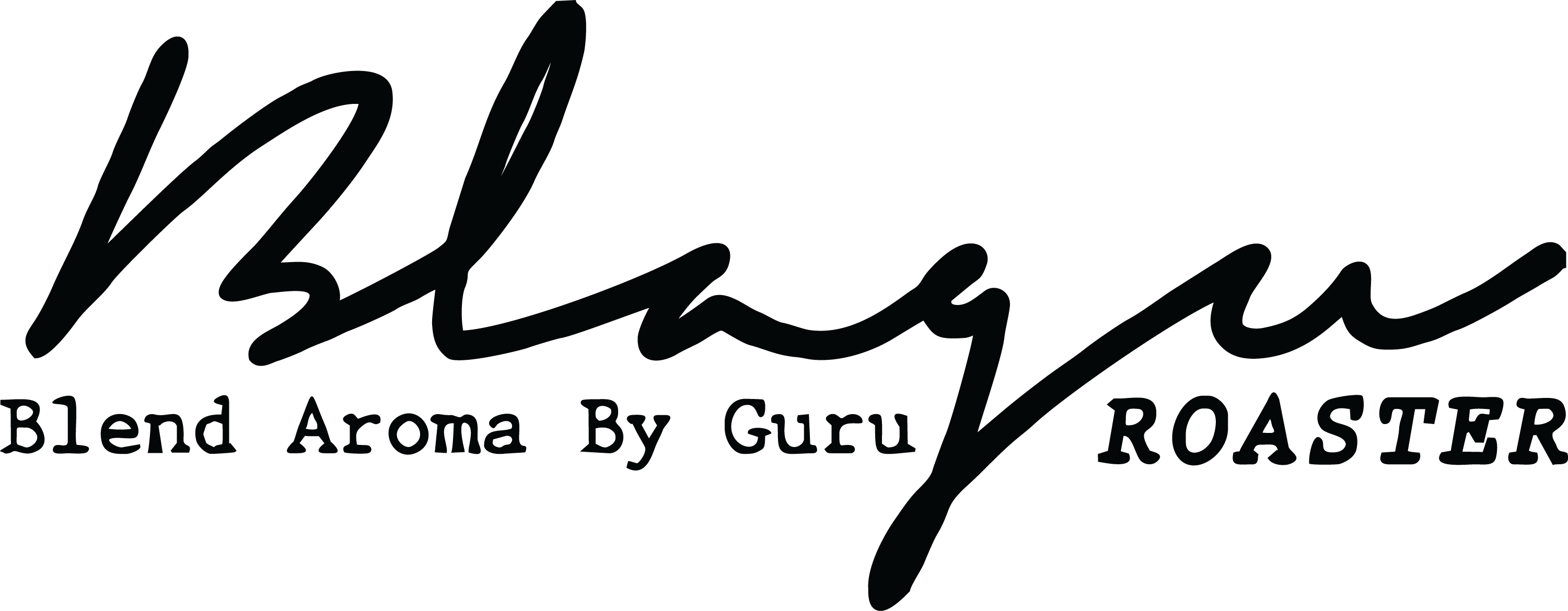Assessment reports can be made for a single student or for all learners in a class. Every report has a list of the criteria that were evaluated and their performance, as well as an overview. Each criterion is assigned an amount of weight that determines its value in relation to the others.
The assessment report is one of the most important steps in the assessment cycle. It’s the means by which we present our findings to stakeholders and encourage them to take advantage of our findings.
A quality assessment report must be a key component of any business plan. It should contain facts about your industry and identify opportunities and threats to your business. It should also include an analysis of competitive factors that details your competitors and their pricing strategies.
Modern assessment reports use data visualization techniques in addition traditional graph and text formats. This involves the conversion of numerical Data Room for secure collaboration and textual information into visual representations that can be more compelling than just graphs or tables. We increase the probability of stakeholders discussing and utilizing our findings by making it easier for them to understand the assessment data.
A good assessment report should also offer individualized feedback for the person who submitted it. This can be accomplished by including the name of the respondent in headers, footers and text-based blocks as well as charts’ titles. You can also include personal recommendations as well as individual scoring per particular criterion. Personalization can also be achieved by customising collections that allows the selection of collections of learner work to demonstrate the performance of a particular criterion.
